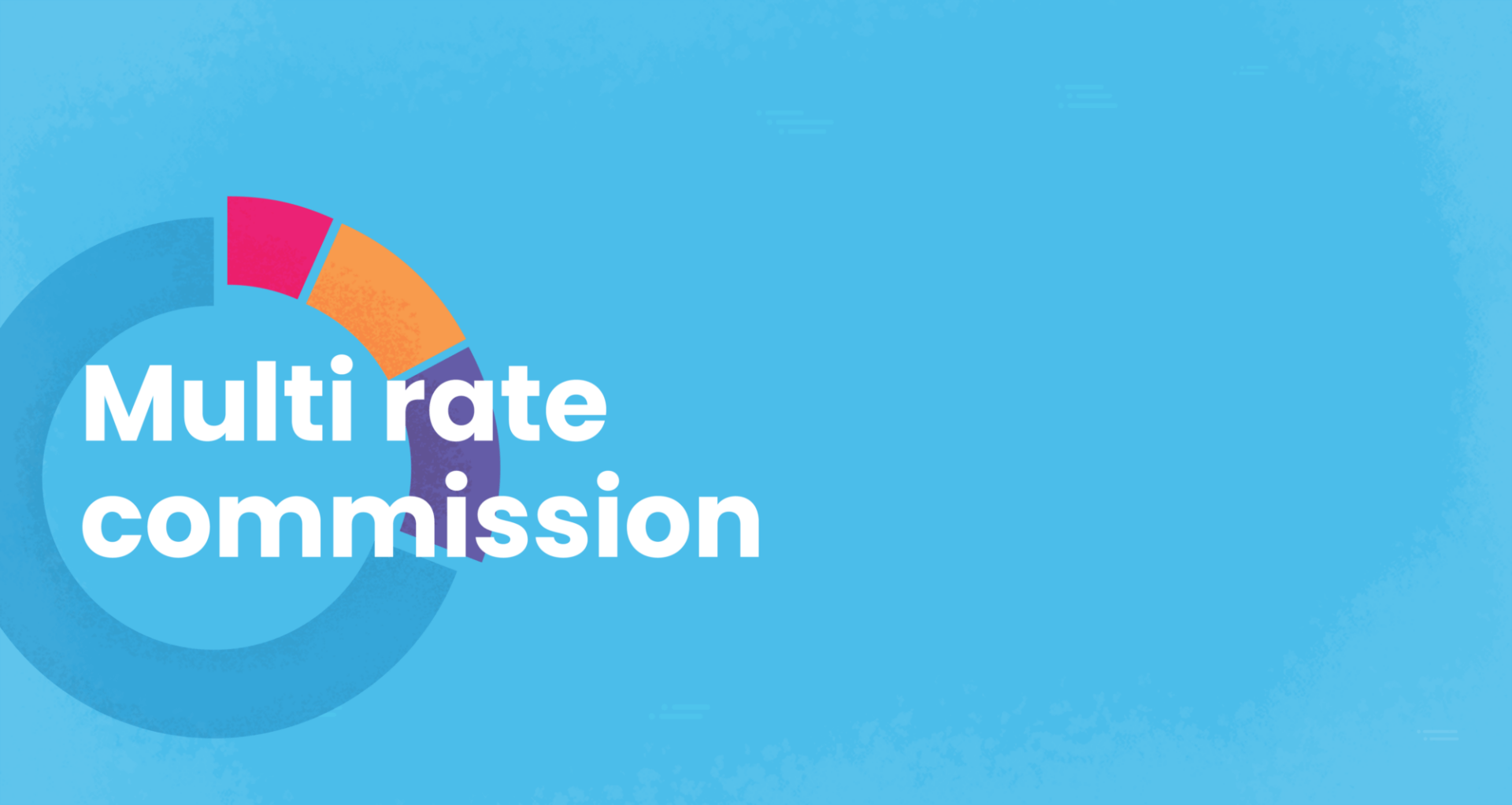QuotaPath is here to help salespeople and leaders understand various commission structures. This post is the second in a series describing the different types of commission plans. Read to learn more about multiple rate sales commission plans, with examples, pros, and cons.
Create Compensation Plans with confidence
RevOps, sales leaders, and finance teams use our free tool to ensure reps’ on-target earnings and quotas line up with industry standards. Customize plans with accelerators, bonuses, and more, by adjusting 9 variables.
Build a Comp PlanWhat you need to know about multiple rate sales commission
A percentage of a currency number paid to a salesperson is called commission. Each organization pays commissions a little differently, but often salespeople are paid on a revenue number. That number might be the contract value, the annual recurring revenue (ARR), or monthly recurring revenue (MRR).
Unlike Single Rate Commission, a Multiple Rate Commission structure makes it so salespeople earn a different percentage of deals they close depending on their quota attainment, the deal size, or how much they have sold in the month or quarter. Sometimes Multiple Rate Commissions are called Accelerators, Escalators, Tiered commission, or Multipliers. Typically, the more a salesperson sells, the higher their commission rate. There are instances where sales reps earn less on additional revenue. That’s known as capped commissions. It’s important to discern whether the multiple rates apply to previous tiers or not. Examples below.
Examples of multiple rate sales commission plans
An Account Executive has a monthly quota of $33,000 and earns a 10% commission of every deal they close until they hit 100% of their quota. Any revenue above their quota they earn 12%.
Note: this plan does not apply to previous tiers, as they don’t earn 12% of everything they have sold.
A Sales Manager has a monthly team quota of $300,000 and earns 0% commission of every deal someone on their team closes until they hit 60% of their quota. Beyond that point, they earn 3.33% commission of every deal someone on their team closes that month.
Note: this plan does apply to previous tiers, as they earn 3.33% of ALL deals closed that month.
An Account Manager doesn’t have an upsell quota and earns 5% commission of deals less than $20,000 and 10% commission of deals $20,000 and greater.
Note: this plan does apply to previous tiers, as they earn 10% on the entire deal if it is $20,000 or greater not just the amount above $20,000.
Pros of multiple rate sales commission plans
Rewards for overperformance. This is the major reason for a multiple rate commission structure. The more you sell, the more you make. Once a rep ‘unlocks’ the higher commission rate, they’ll want to sell as much as they can at that higher rate.
Punishes for underperformance. You want your top performers to make the most money, right? Well, that also means that your bottom performers don’t make as much money and are incentivized to sell more. This style of commission rate helps with that by paying a lower percentage for sellers who underperform.
Cons of multiple rate sales commission plans
More complex to understand. Nothing is as easy as a single rate commission. Any time you add any additional intricacies, you’ll end up with a more complex plan. Use round percentages to prevent confusion (10% instead of 8.875% for example).
This can encourage sandbagging. Especially if it’s a plan with a cliff, requiring the rep to sell a certain amount to earn any commission. You may encounter sandbagging, where reps hold off on selling deals to when they know they’ll earn a higher commission rate.
QuotaPath handles multiple rate, tiered sales commission plans. Sign up for free and benefit from always knowing what your earnings are on every deal in your pipeline.



